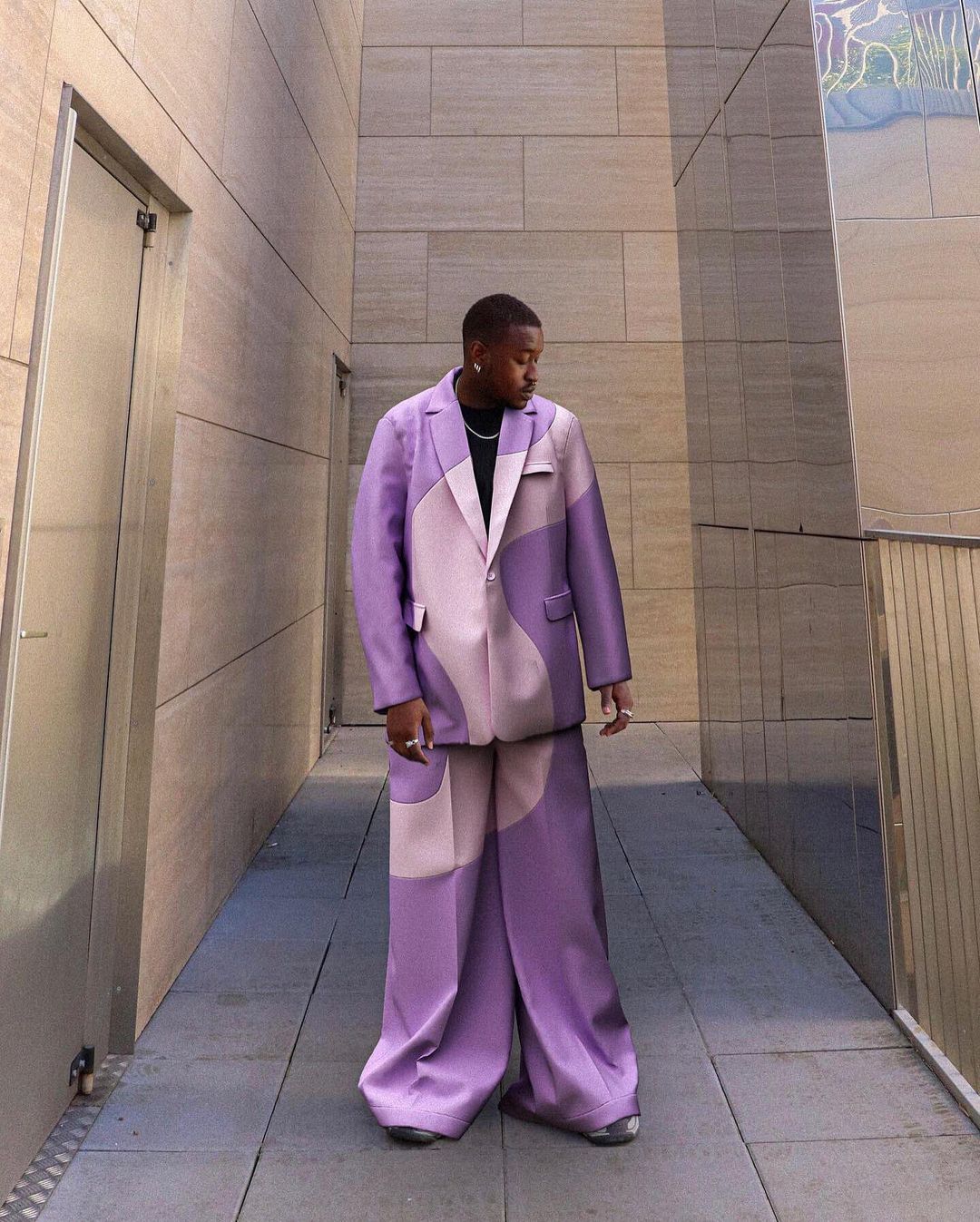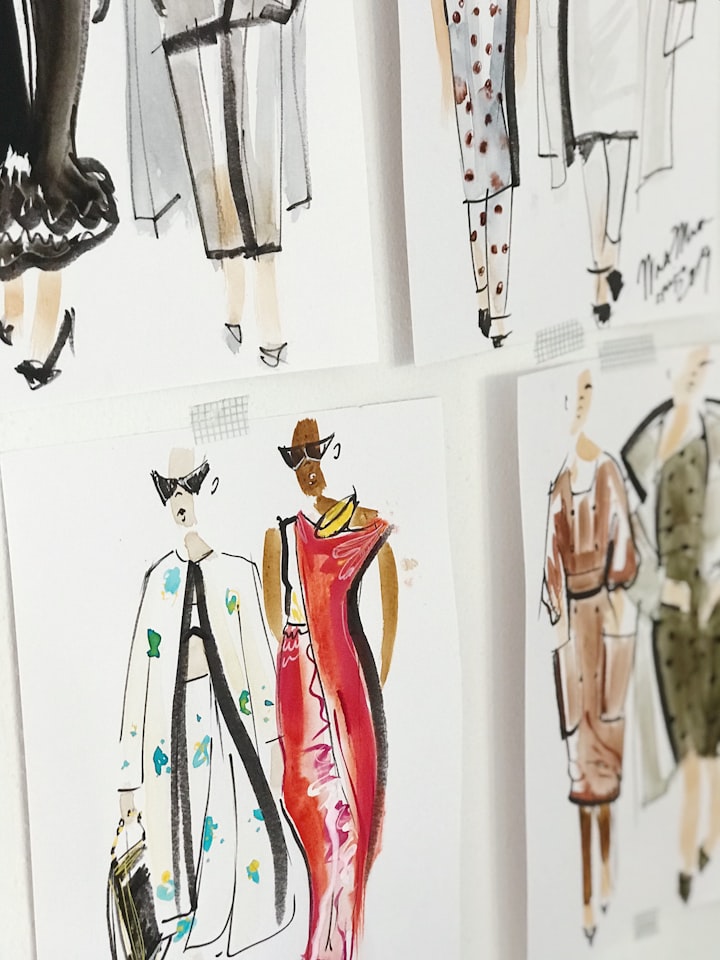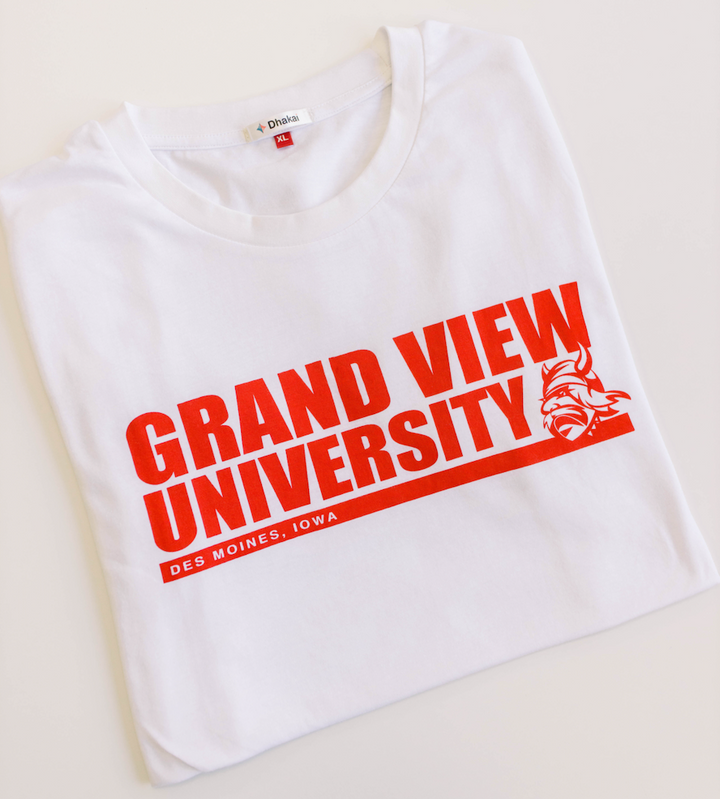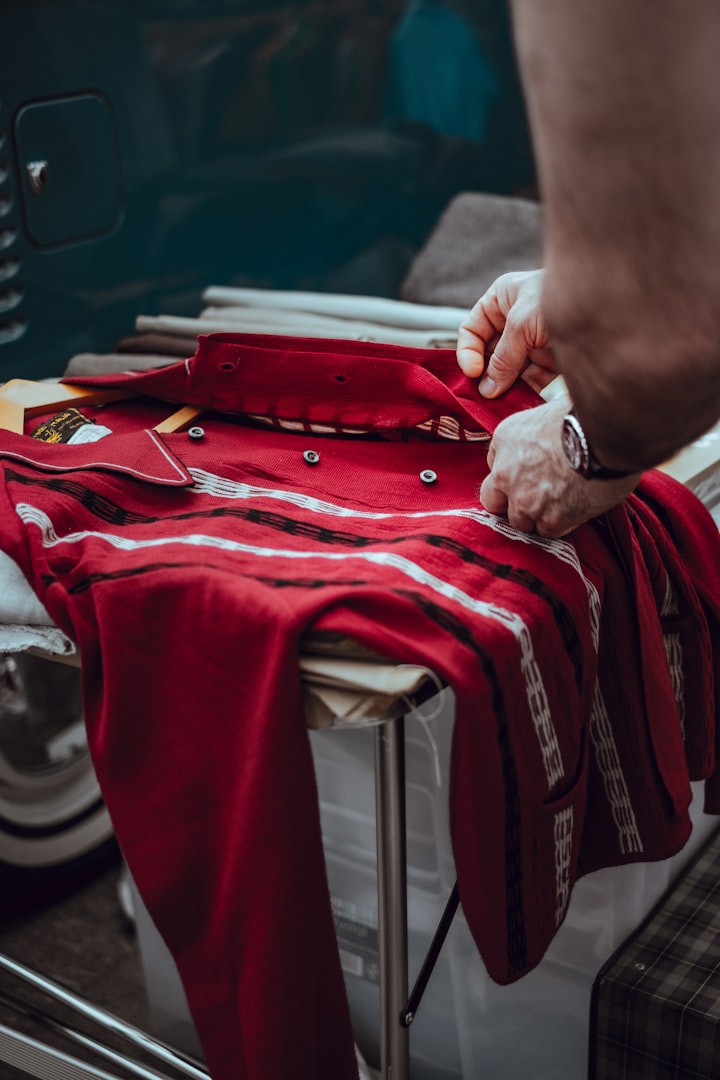The Five Best 3D Design Technologies You Need to Try
3D sampling is a huge tool on the path to sustainability. Here’s a list of five of the best free and paid 3D design technologies, depending on your company’s needs.

If you’ve ever tried to start an environmentally-friendly clothing brand, you know how hard it can be to reconcile your sustainable values with the damage that shipping, textile waste, and factory use can inflict on the environment. The fashion industry alone accounts for around 10% of the world’s carbon emissions, and a huge chunk of that is due to boat and air transport. While it’s impossible to completely remove shipping from the fashion industry, brands have begun turning to 3D sampling to reduce the amount of shipping their product requires.
With 3D sampling technologies, brands create a photorealistic 3D mockup of their design so that they don’t have to order several rounds of physical samples from their manufacturer. This reduces emissions from transportation across the world, as well as lessening textile and water waste. 3D sampling is a huge tool on the path to sustainability. Here’s a list of five of the best free and paid 3D design technologies, depending on your company’s needs.
This software boasts realistic textures, draping and shadows to make sure you get a full sense of what your garment will look like in real life. Browzwear has four separate platforms that you can subscribe to depending on your needs. The most popular, VStitcher, is a design space that allows you to easily create patterns and render your designs 3D. Their other platforms offer features including a collaboration space, fabric analyzer, and block pattern technology. To get started with Browzwear all you need to do is schedule a demo with a member of their team who will guide you to the right platform for your needs.
CLO’s platform promises easy-to-use controls to create your ideal vision. With CLO you can adust the measurements of your virtual model to see how your garment would fit different body types and sizes. The models also have several programmed movements including, walking, running, and dancing so that you can observe the drape of your garment in different stages of motion. If you are just getting started, you can test out CLO with a free 30-day trial. If it works for you, you can move forward with a $50 monthly or $450 yearly plan. CLO also offers a 50% student discount for any young designers just starting out.
Originally started as a proponent for digital fashion, Marvelous Designer is also super useful for physical clothing designers looking to skip physical sampling. Their realistic 3D design technology is used by universities to teach clothing design, and they have curated a large online community of users who create and trade clothing digitally. A few of their key features include simple pattern creation as well as an easy transfer of patterns to 3D models. Additionally, they pay special attention to details like buttons, zippers, stitches, and more. After a free 30-day trial, you can join their community for a $39 monthly or $280 yearly subscription, prices dependent on academic, enterprise, or personal needs.
TukaTech has an advanced 2D design program that transfers easily over to their 3D software. Users can easily make patterns and watch as they transform into 3D designs in real time. One of Tuka’s key features is their huge library of prints, graphics, and different types of textiles. Tuka 3D is also compatible with a number of graphic design technologies such as Adobe Illustrator and MS Paint so that artists can put their own original designs on their 3D garments. Join TukaTech for $29 per month.
This platform allows users to first create flat sketches and patterns and then check out their creation on a 3D model. Their models are completely size, height, and shape adjustable, meaning that you can see how your garment falls on any body type. However, the biggest selling point by far of Tailornova is that it is free! Anyone can use the platform by simply creating a free account. They offer some additional features such as pattern downloading for a small fee.
While most of these programs are subscription-based, don't forget how much money and time you will be saving by skipping the physical samples. Most manufacturers charge at least $200-$300 for each order of samples. In a normal production process, you might need to order samples two or three times to make sure your apparel is just right. Switching to 3D sampling saves your company the money and the hassle, while reducing your carbon footprint. Check out these websites and take a step towards making the fashion industry greener.




